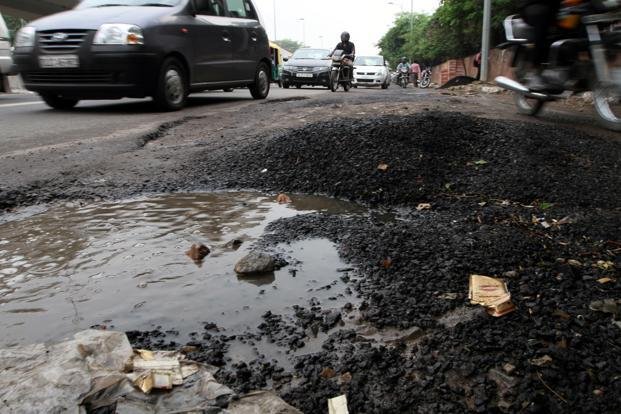
If you see litter on the street, or encounter broken bridges, you are likely to just blame the local administration. Economists, however, will wager that there could be deeper forces at work, which hinder the provision of essential public goods such as roads and sanitation. The most influential thesis in political economy suggests that poor infrastructure in a locality could be because of social divisions.
In his 1965 book, The Logic of Collective Action: Public Goods and the Theory of Groups, American economist Mancur Olson argued that heterogeneous and complex societies see the rise of sectional interests that aim to grab public resources to their advantage. Subsequent research by other economists showed that the provision of public goods tends to be lower in areas with high ethno-linguistic diversity or polarization because it is difficult for people to agree on the provision of public goods that benefit everyone. Historical or cultural conflicts may often prevent different sub-groups in a region or country from collectively demanding state services that cater to all rather than to special interests.
Harvard University’s Alberto Alesina was among the first group of economists to provide evidence that social heterogeneity negatively affects the provision of government services in US cities. Using a measure of heterogeneity, known as ethno-linguistic fractionalization index, they found that districts that are more heterogeneous spend less on education and infrastructure. However, what is not emphasized in the paper is that they also find that more heterogenous districts spend more on law enforcement and health.
Alesina’s work was followed by other studies from other countries that arrived at similar conclusions. There have been similar studies on India as well. A research paper by Abhijit Banerjee of the Massachusetts Institute of Technology, Lakshmi Iyer of the Harvard Business School and Rohini Somanathan of the Delhi School of Economics showed that social divisions adversely affected the provision of public goods in India.
It has now become generally accepted that social divisions tend to hinder the provision of public goods. A recent paper by Rachel Gisselquist, Stefan Leiderer and Miguel Nino-Zarazua of the United Nations University challenge this conventional wisdom. They compile rich data on government expenditure on education and health for districts in Zambia. They find that there is a positive association between ethnic diversity and public expenditure, underscoring the point that even though diversity negatively affects public goods provision at a national level, the effect may not be same at the state or district level.
Therefore, context matters. The relationship between social divisions and public goods is linked via state capacity and the strength of institutions. Political scientists have long recognized these channels through which public goods provisioning works in different contexts. The response of the polity and of the state to social division determines collective action or the lack of it.
A research by political scientist Prerna Singh of Brown University suggests that fragmentation may not necessarily lead to worse state performance if political elites are able to forge a common identity that bridges over social fault lines. Pointing to the contrasting examples of Kerala and Uttar Pradesh, both of which have very heterogeneous populations, Singh contended that Kerala managed to have better outcomes as its elites united under the banner of sub-nationalism from the 19th century onwards to demand public goods and greater spending on social welfare.
Olson also argued that heterogenous societies with greater economic inequality may see better provision of a public good if the elite group benefits the most from its provision. But the facts do not fit this theory well. Take the case of rural Maharashtra, dominated by the Marathas. In an opinion piece dated 12 June 2012, journalist Meena Menon details the dominance in numbers. “From 1962 to 2004, of the total of 2,430 MLAs, 1,336 or 55% were Maratha. Nearly 54% of the educational institutions in the state are controlled by them. Of the 105 sugar factories, 86 are headed by Marathas, while 23 district cooperative banks have Marathas as chairpersons. Marathas dominate the universities in the state, with 60-75% presence in the management. About 71.4% of the cooperative institutions are under the control of this community. In Maharashtra, 75-90% of the land is owned by the community. In addition, all the milk cooperatives and cotton mills are either owned or controlled by them. In 54 of the 288 assembly constituencies, only Marathas have ever been elected—even without any reservations.”
A 2015 American Economic Review study by University of British Columbia economists Siwan Anderson, Patrick Francois and Ashok Kotwal shows that in villages where Marathas dominate, public action is driven entirely to cater to elite interests; Maratha panchayat leaders actively try to block funds for programmes such as the Mahatma Gandhi National Rural Employment Guarantee Scheme (MGNREGS), etc.
Although the Olsonian framework has faced challenges from recent studies, it still remains the workhorse model to explain under-funding of public goods. But as the contrasting fortunes of Indian states suggest, it is time to develop a more nuanced understanding of how and when social diversity hinders state performance and economic progress.
Source : www.mintonsunday.livemint.com
